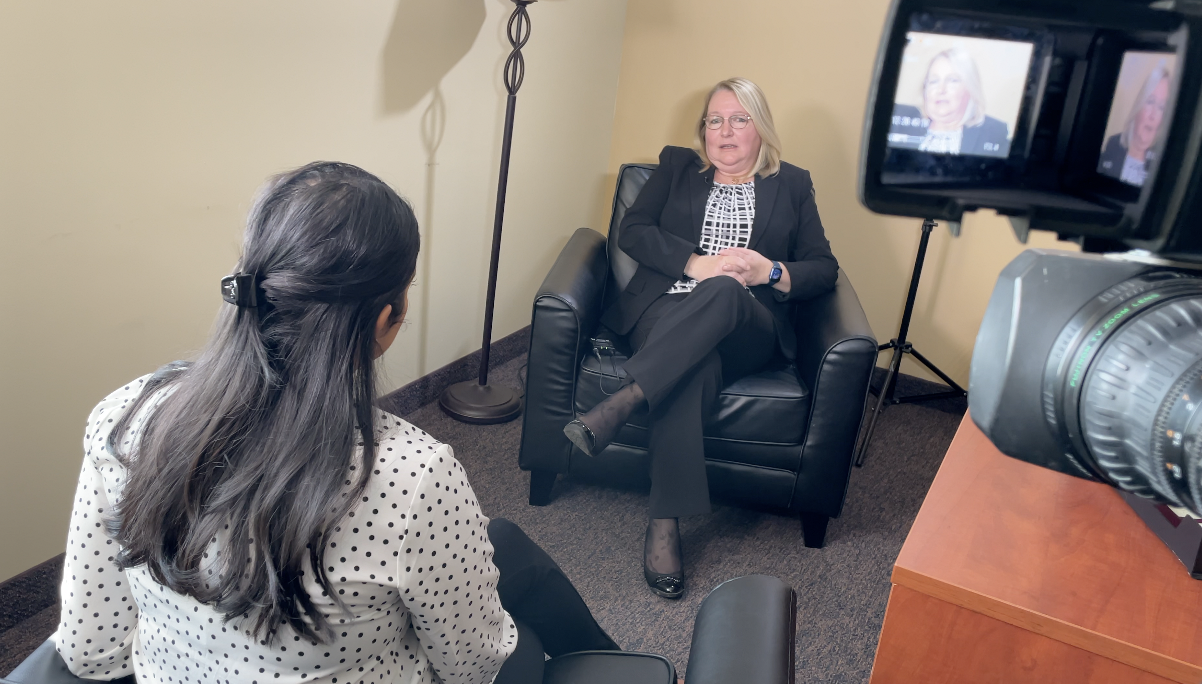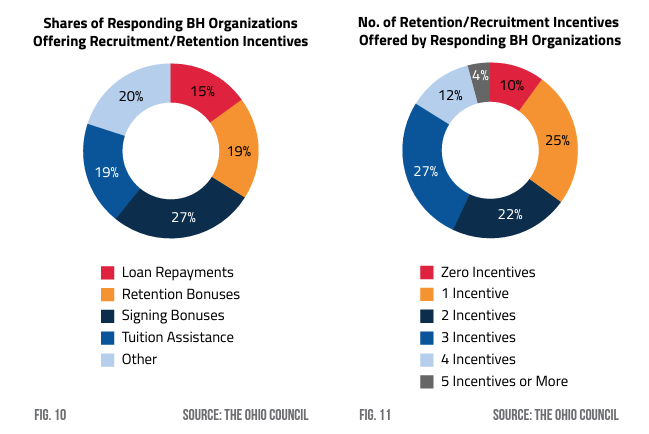CLEVELAND — Rachel Keely is a woman strong beyond words. In just the last five years, she lost her mother, her father, her brother and her 15-year-old son Hayden.
![Screen Shot 2022-04-19 at 11.26.13 AM[47].png](https://ewscripps.brightspotcdn.com/dims4/default/b986039/2147483647/strip/true/crop/648x828+0+0/resize/648x828!/quality/90/?url=http%3A%2F%2Fewscripps-brightspot.s3.amazonaws.com%2Fea%2F0e%2Fe27d48404a91bcc098ab9978c18e%2Fscreen-shot-2022-04-19-at-11.26.13%20AM%5B47%5D.png)
“He couldn’t handle the pain anymore and unfortunately he took his own life,” Keely said.
Sharing Hayden’s story to help save other lives has, in turn, helped Keely. But what helps the most, she said, is therapy.
“To be honest with you, I don’t know that I could have made it through without it,” Keely said. She is a client of OhioGuidestone, a behavioral health agency in Ohio.
As the pandemic rushed through all our lives — causing ripples for some, overwhelming waves for others — the demand for mental health services has skyrocketed.
And it was happening even before the COVID-19 pandemic.
The Ohio Council of Behavioral Health & Family Services Providers reports a 353 percent increase in demand for behavioral health services between 2013 and 2019.
“Yet at the same time, we don’t have more people to provide more capacity,” said Teresa Lampl, CEO at the Ohio Council of Behavioral Health & Family Services Providers.
Lampl said most positions stay open for 45 days. Some, for six months or more.

Social workers require a Master’s degree and graduate with an average of $78,000 in debt, just to start a job that pays roughly $45,000 a year.
The hours are irregular — nights, weekends — and the stress can be unmatched.
But for the people in this field, it’s a passion, a calling, a mission.
“They’re natural-born helpers,” Lampl said. “They want to help people.”
But you can only do that for so long before you hit a burnout stage — and start looking for what you can do for your own mental health.
The chart above shows how the job turnover rate rose in the health and social service sectors during the pandemic, based on data from the U.S. Bureau of Labor Statistics.
Lampl said people are leaving the industry to work for insurance companies, in manufacturing and distribution, or at retail jobs with higher starting wages.
And that means getting the help you or your family need is taking longer — and longer.

“Waiting times have increased from what used to be days and weeks to now weeks to months,” Lampl said.
Mihaela Burtea Pascu is the director of psychiatry services at Signature Health, a nonprofit federally qualified health center with locations in Ashtabula, Cuyahoga, and Lake Counties.
In 2019, they served 24,550 behavioral health patients.
In 2021 — close to 28,000 patients.

And while the need for services is up, Mihaela said recruitment and retention can be a struggle.
The number of Signature Health staff who retired during the pandemic has been 63% higher than the two years leading up to it. So far in 2022, they’ve onboarded 60% more new staff members compared to the same time last year. And that’s from a mix to support their growth and to backfill positions from people who have retired, left the industry, or relocated.

“Our staff is experiencing the same problems as our patients,” Mihaela explained. ”Maybe there’s a loss in the family, maybe there’s a lack of childcare. But the support we have makes people want to come back and give more.”
Support, benefits, and pay are all things Mihaela says help.

And the rise in demand, she hopes, is also because the stigma in seeking mental health help is being reduced.
“All the discussion around mental health is giving people more confidence to seek services,” she said.
Because grief hits us all in different ways.
For Rachel — a daughter, a sister, mother going through the worse losses imaginable — talking through that grief has made all the difference.
“Don’t wait. Don’t wait to get the help,” she said. “It’s okay to get the help; it is okay to not be okay.”
The Ohio Council of Behavioral Health Providers is offering solutions to tackle this mental health worker shortage.
They want COVID relief dollars used to help with retention, tuition reimbursement or loan forgiveness programs. As well as having more career ladders to get people with associate’s or bachelor’s degrees into the industry, and recognizing mental health as an essential part of our healthcare system.
You can read the full report from the Ohio Council titled 'Breaking Point' outlining issues and solutions here.





